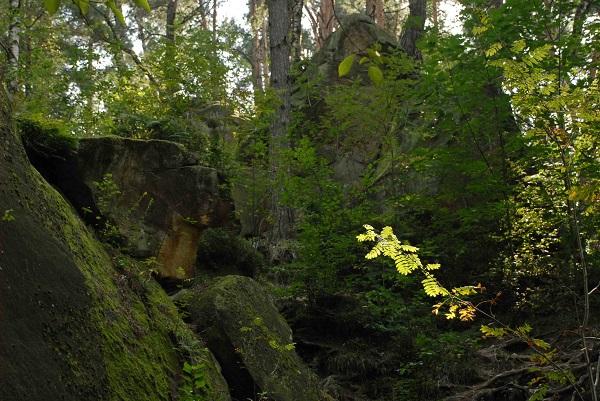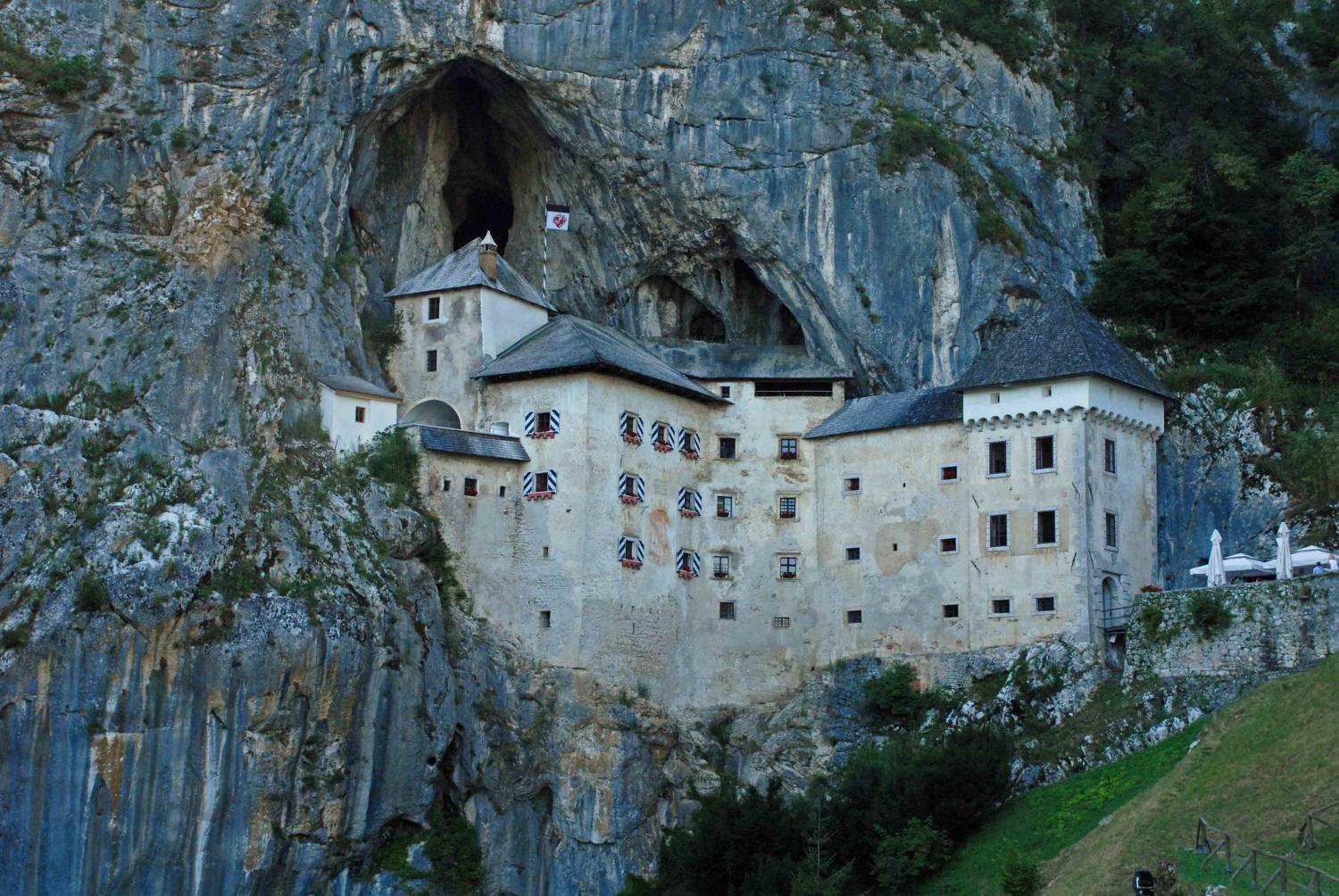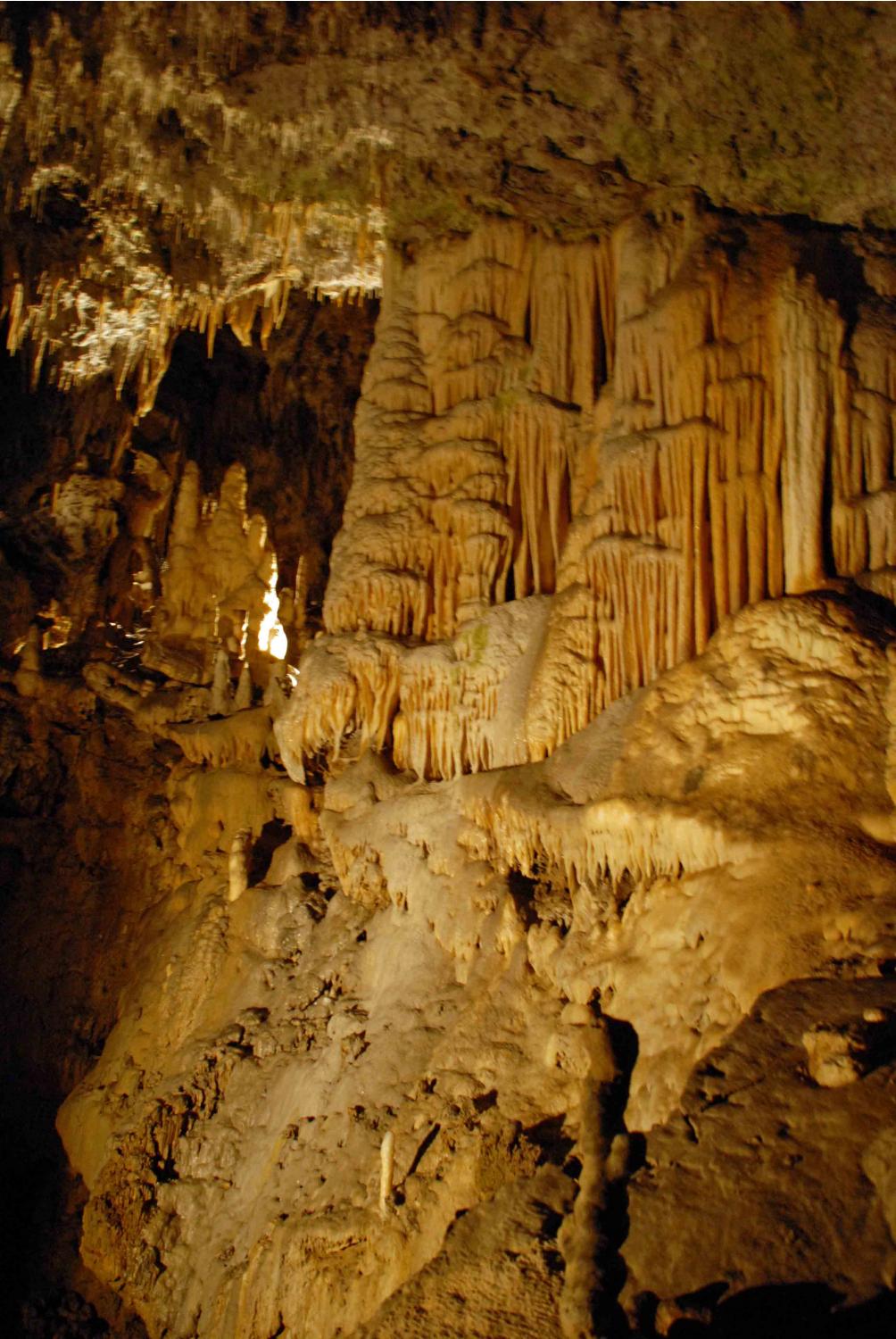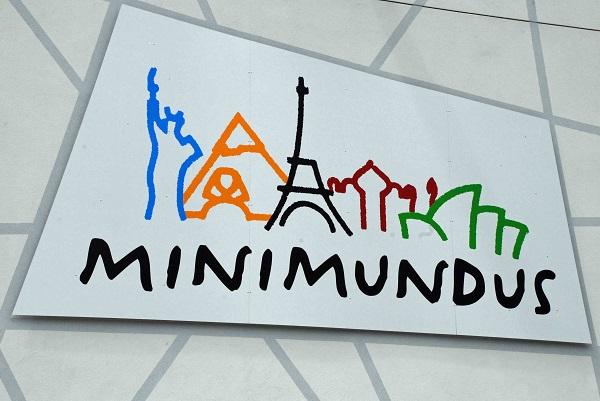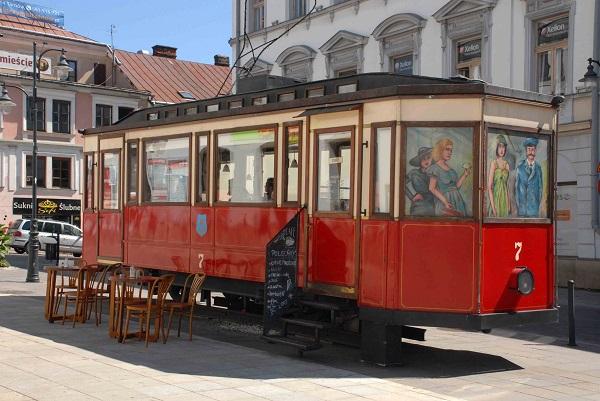
I observe with great interest that in many cities there are culinary places which are impossible to forget. Fortunately, the time when every restaurant or café looked the same has sunk into oblivion, and in every city we can find interesting, original spots managed by amazing people. Bored or grumpy waitresses who offend the patrons, unattractive menus and not too fresh products don't exist in places like this. Nowadays, cafés compete in preparing sophisticated desserts, their cakes entice us with their beauty and taste, and the coffee is so redolent that it draws us in from the other end of the street. Apart from bodily pleasures, you may count on nice conversation with the owner or staff, WiFi and the possibility of charging your mobile phone.
We found just such a café in Tarnów. In one of the streets leading off to the market street we saw a tram carriage. It didn't have long rails or electric traction, it didn't screech or ring, and it didn't want to take us on a trip; instead it tempted us with excellent coffee, ice cream and seasonal cakes. We had found our way to Café Tramwaj.
A conversation with the very nice owner revealed a couple of details about this amazing and atmospheric café. The Ladybirds (which is what trams were called in Tarnów) travelled on their 2.5 km routes starting from 1911. Apparently, similar electric trams were in circulation in Galicia only in Kraków and Lwów. Every 6 minutes, from 6 am to 10 pm, six trolleys carried people hurrying to work, home or to a meeting. It is difficult to believe that in 1927 they carried over 1 million passengers. The trams stopped running in Tarnów at the behest of occupying forces in 1942. In 2012, the ladybird once again appeared on the streets of Tarnów. This handmade replica of a carriage from before the war is decorated with original elements like rails, undercarriage, bell and lamps. Great attention to detail makes it difficult to believe that it is only an excellent replica.




